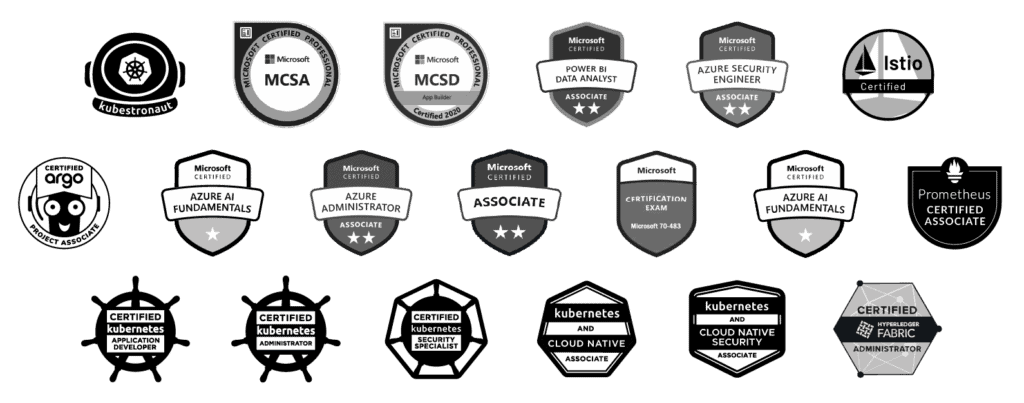Imagine the meticulous journey IoT devices undergo before reaching your hands. They go through rigorous testing, trials, and tweaks, but much of this process unfolds within intricate digital simulations rather than the tangible world.
This brings us to a crucial question: How do we ensure the seamless functionality and reliability of interconnected IoT devices?
Introducing pre-reality checks. Think of it as a backstage pass to the IoT show, where the magic truly unfolds. Within the virtual confines of simulation software, bolstered by Digital Twins, lies the key to unlocking the full potential of IoT devices before they ever reach your doorstep.
But why should you care about simulations in a world dominated by tangible outcomes? Simulations aren’t just digital doodles or virtual escapades. They’re the cornerstone of cost-effective innovation, accelerating product development, and shielding us from costly failures.
Consider a scenario where engineers design a smart city infrastructure with interconnected sensors and data analytics. In the traditional realm, every misstep or glitch could spell disaster. However, within simulations, these hurdles become mere stepping stones, guiding engineers toward optimal solutions without the costly repercussions of trial and error.
Moreover, simulations offer invaluable foresight. By immersing IoT devices in virtual landscapes, engineers gain early insights into potential issues, from connectivity glitches to sensor inaccuracies, ensuring a smoother IoT experience for end-users.
Despite these benefits, simulations are often sidelined in favor of tangible outcomes. It’s time to shatter this misconception and embrace the power of pre-reality checks as the foundation of IoT innovation.
As we go deeper into the world of IoT marvels, let’s not overlook the hidden gem behind the scenes: simulation. Together, let’s unlock the full potential of IoT devices, one virtual test at a time. After all, in a world where innovation knows no bounds, why settle for reality when you can shape the future within the boundaries of simulation?













